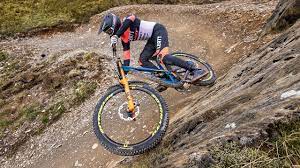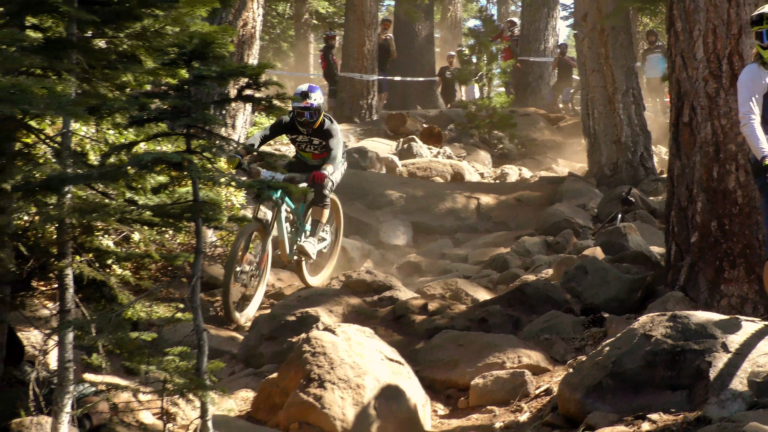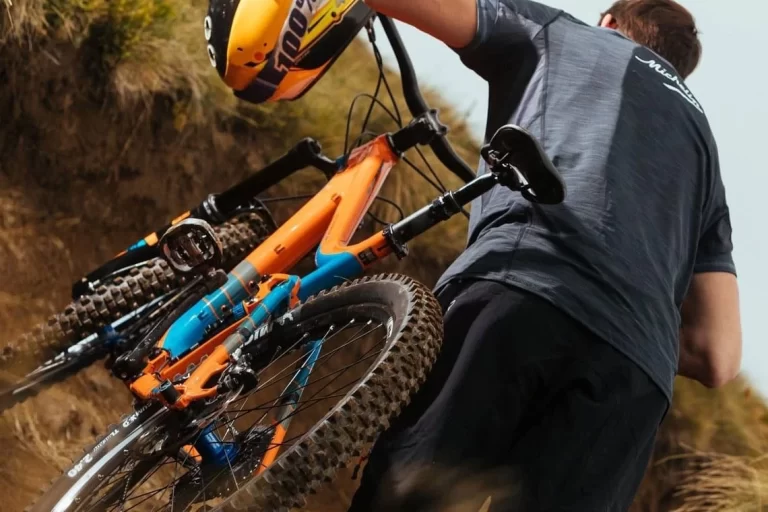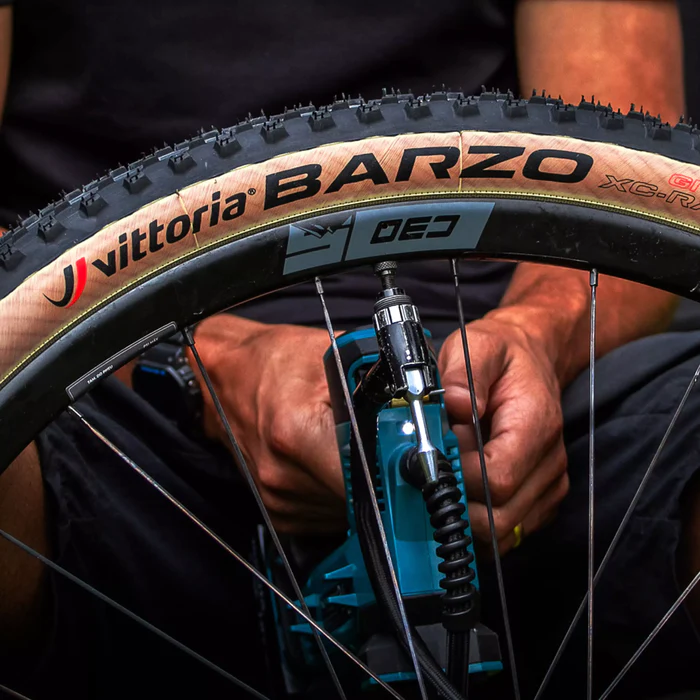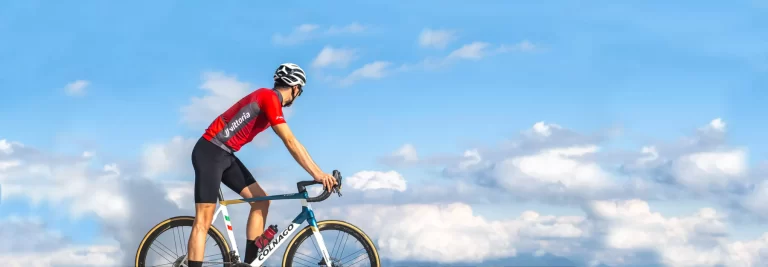Rolling Resistance in Enduro Bike Tires: An Insider’s Guide
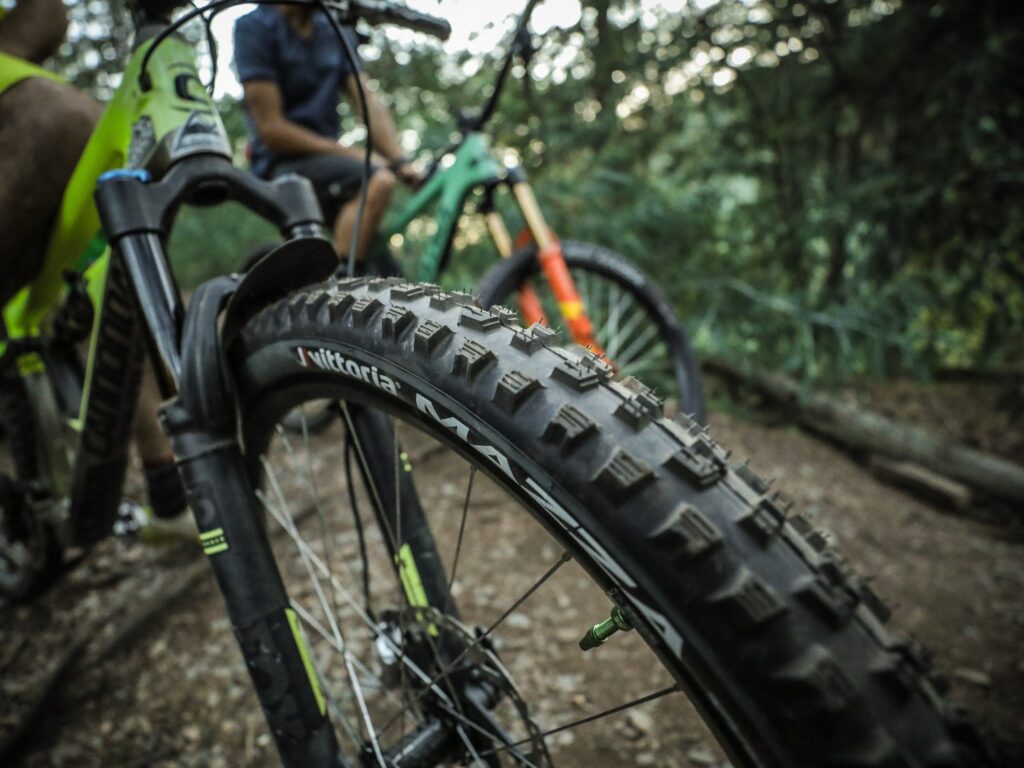
Key Point Summary of Rolling Resistance in Enduro Bike Tires:
- Understanding Rolling Resistance: It’s a measure of how much energy is lost due to the tire’s interaction with the terrain.
- Impact on Enduro Biking: Rolling resistance affects efficiency, speed, and the overall energy required for enduro riding.
- Tire Design Factors: Tread pattern, tire width, and rubber compound play significant roles in rolling resistance.
- Pressure’s Influence: Correct tire pressure is crucial for optimizing rolling resistance in enduro tires.
- Balance between Grip and Efficiency: Finding a tire that balances rolling resistance with necessary grip and durability is key for enduro riding.
As a veteran cyclist with a background in various disciplines including mountain biking and cyclocross, I’ve come to understand the subtleties of bike tire performance, particularly the concept of rolling resistance in enduro bike tires.
The Basics of Rolling Resistance
Rolling resistance is essentially the energy lost when a tire rolls over a surface. In the context of enduro biking, it plays a crucial role. Lower rolling resistance means more of your pedaling energy is translated into forward motion, which is vital in a sport that involves both uphill struggles and fast downhill runs.
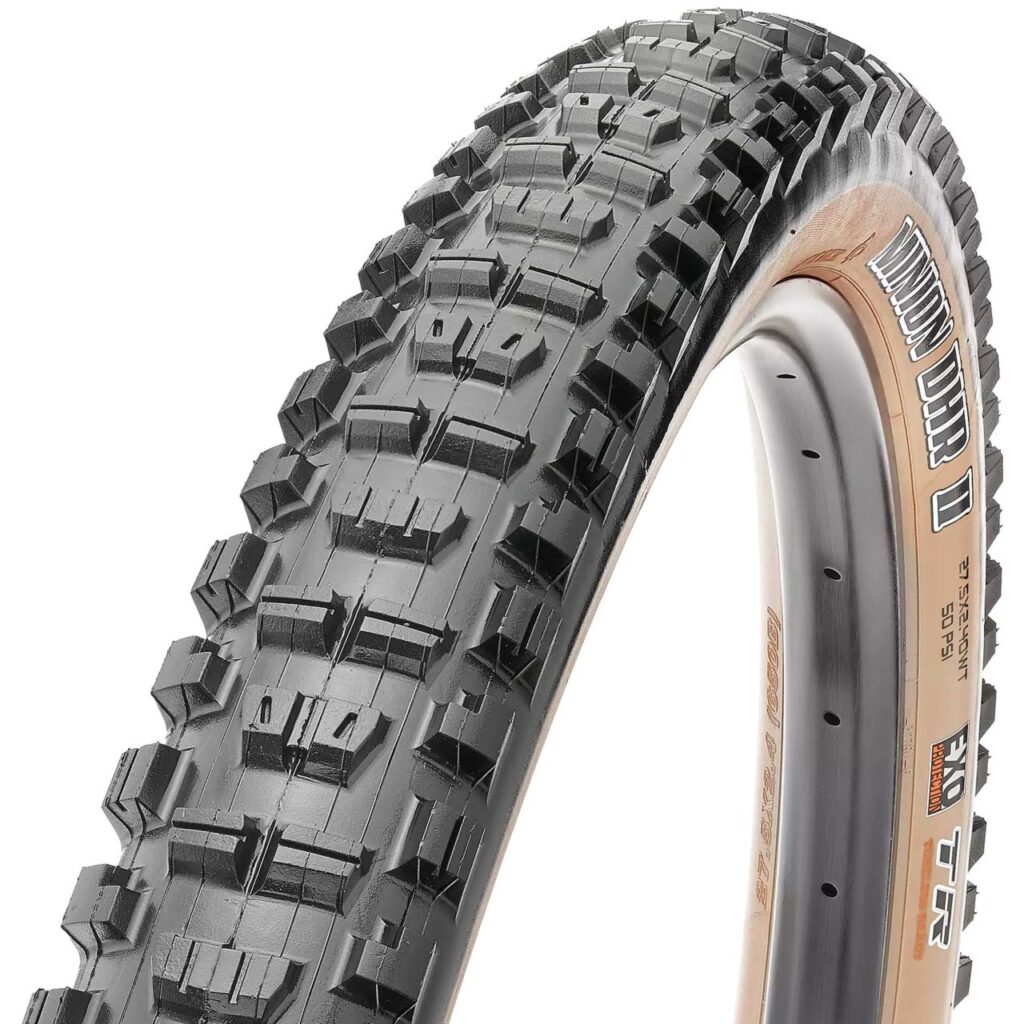
How Rolling Resistance Affects Enduro Riding
In enduro, where stages can be varied, rolling resistance influences your efficiency and speed. A tire with high rolling resistance might give you a workout on ascents and make descents less swift. Conversely, a low rolling resistance tire helps conserve energy and increases speed, but might compromise on grip.
Tire Design and Its Impact
The design of an enduro bike tire is a balance between grip, durability, and rolling resistance. Wider tires with aggressive tread patterns, necessary for the grip in rough terrains, often come with higher rolling resistance. The rubber compound also plays a part – softer compounds grip well but increase rolling resistance.
The Role of Tire Pressure
Tire pressure is another critical factor. Too low, and you increase rolling resistance and risk tire squirm; too high, and you lose traction. Finding that optimal pressure is a game of adjustment and understanding how it interacts with tire volume and rider weight.
Personal Experiences with Tire Choices
From my experiences, the choice of tire can greatly affect a ride. I recall switching to a tire with a less aggressive tread for a race with significant climbing. The reduced rolling resistance made the climbs more manageable, but I had to ride cautiously on descents due to less grip.
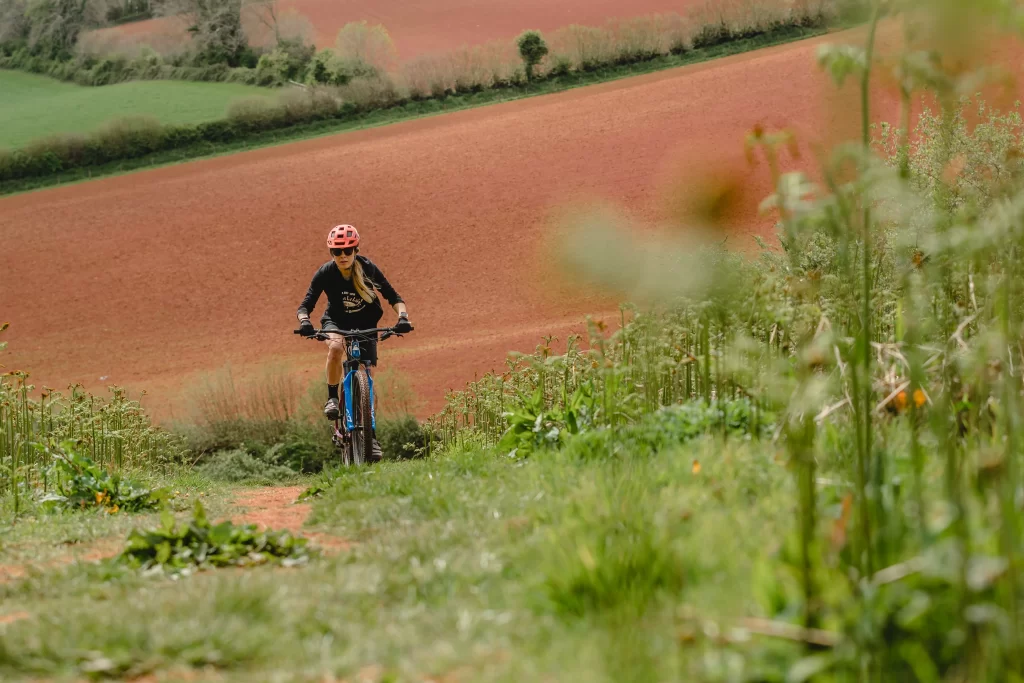
Grip vs. Efficiency: Striking a Balance
In enduro, you often have to strike a balance between efficient rolling and sufficient grip. This balance depends on the course and weather conditions. Tires with medium tread patterns can be a good compromise, offering reasonable rolling efficiency while still providing enough grip for most terrains.
Innovations in Tire Technology
Advancements in tire technology have led to designs that reduce rolling resistance without significantly compromising on grip. Manufacturers are continually experimenting with tread patterns, widths, and compounds to find the perfect mix for enduro riders.
The Importance of Regular Maintenance
Maintaining correct tire pressure and regularly inspecting tires for wear and tear are important. A well-maintained tire not only performs better but also ensures your safety on challenging terrains.
Conclusion: A Continuous Learning Curve
Understanding and optimizing rolling resistance in enduro bike tires is a continuous learning process. It requires experimenting with different tires, pressures, and setups to find what works best for your riding style and the typical terrains you encounter. The right tire setup can transform your enduro riding experience, making it more efficient and enjoyable.
Here are some of the best enduro tires known for balancing rolling resistance with the necessary grip and durability:
- Maxxis Minion DHR II: Renowned for its excellent grip and braking control, while still offering reasonable rolling efficiency.
- Schwalbe Magic Mary: A popular choice for its aggressive tread that provides excellent traction without excessively high rolling resistance.
- Continental Der Baron Projekt: Known for its balance of good rolling performance and superior grip in wet and muddy conditions.
- Michelin Wild Enduro: Offers a great combination of grip, durability, and lower rolling resistance, making it suitable for a variety of enduro terrains.
- WTB Vigilante: A tire that provides a good mix of traction and efficiency, suitable for a wide range of conditions encountered in enduro riding.
These tires are designed to deliver the performance needed for the challenging conditions of enduro riding, providing a good compromise between minimizing rolling resistance and maximizing grip and durability.
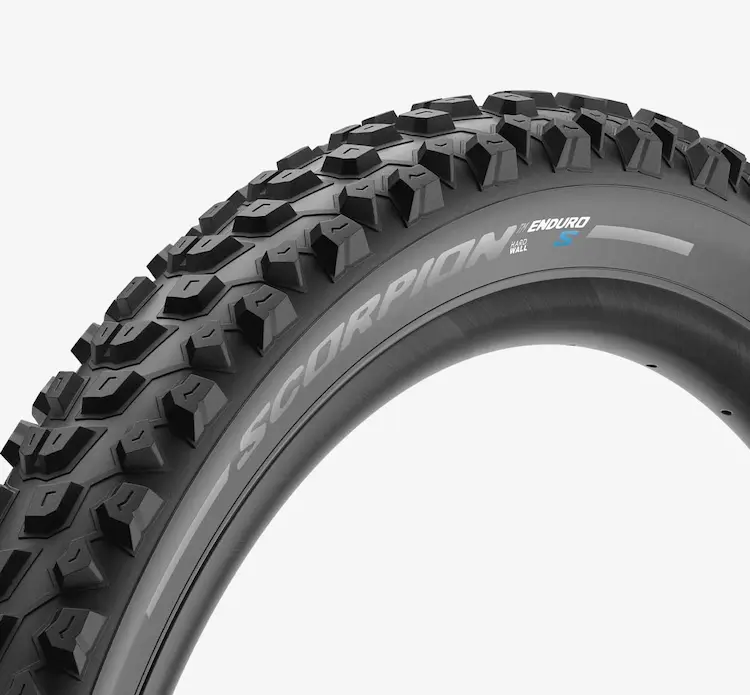
Keep experimenting and fine-tuning to find your ideal setup, and remember to enjoy every ride!
John
FAQ
What is the average rolling resistance of a bike?
The average rolling resistance of a bike tire varies widely based on the tire type, pressure, and tread pattern. For road bikes, it’s typically between 12 to 15 watts per tire, while for mountain bikes, especially with knobbier tires, it can be higher, often ranging from 20 to 30 watts per tire. These values can fluctuate based on specific conditions and tire configurations.
What is the rolling resistance of bike tires?
The rolling resistance of bike tires is the energy loss caused by the tire deforming as it rolls over a surface. It’s influenced by factors like tire type, tread pattern, pressure, and rubber compound. Lower rolling resistance means more efficient energy transfer and faster speeds, while higher rolling resistance can slow a rider down and require more effort to maintain speed.
What size tire is best for enduro?
For enduro riding, a tire size between 2.3 to 2.5 inches is typically considered best. This size offers a good balance of traction, stability, and shock absorption, suitable for the varied and technical terrain encountered in enduro mountain biking.
Do fat tire bikes have more rolling resistance?
Yes, fat tire bikes generally have more rolling resistance due to their larger, wider tires, which create a greater contact area with the ground and thus increase friction. This can make them slower and require more effort to pedal on hard, smooth surfaces compared to standard-sized tires.
